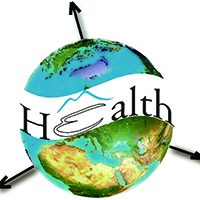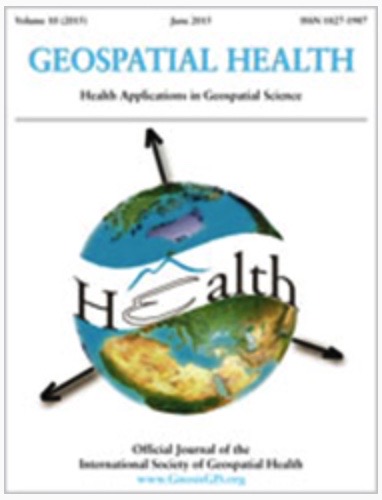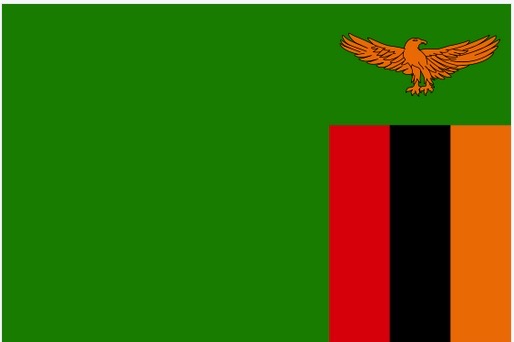Spatial association between COVID-19 incidence rate and nighttime light index

All claims expressed in this article are solely those of the authors and do not necessarily represent those of their affiliated organizations, or those of the publisher, the editors and the reviewers. Any product that may be evaluated in this article or claim that may be made by its manufacturer is not guaranteed or endorsed by the publisher.
Authors
This study statistically identified the localised association between socioeconomic conditions and the coronavirus disease 2019 (COVID-19) incidence rate in Thailand on the basis of the 1,727,336 confirmed cases reported nationwide during the first major wave of the pandemic (March-May 2020) and the second one (July 2021-September 2021). The nighttime light (NTL) index, formulated using satellite imagery, was used as a provincial proxy of monthly socioeconomic conditions. Local indicators of spatial association statistics were applied to identify the localised bivariate association between COVID-19 incidence rate and the year-on-year change of NTL index. A statistically significant negative association was observed between the COVID-19 incidence rate and the NTL index in some central and southern provinces in both major pandemic waves. Regression analyses were also conducted using the spatial lag model (SLM) and the spatial error model (SEM). The obtained slope coefficient, for both major waves of the pandemic, revealed a statistically significant negative association between the year-on-year change of NTL index and COVID-19 incidence rate (SLM: coefficient= ˆ’0.0078 and ˆ’0.0064 with P<0.001 and 0.056, respectively; and SEM: coefficient= ˆ’0.0086 and ˆ’0.0083 with P=0.067 and 0.056, respectively). All of the obtained results confirmed the negative association between the COVID-19 pandemic and socioeconomic activity revealing the future extensive applications of satellite imagery as an alternative data source for the timely monitoring of the multidimensional impacts of the pandemic.
How to Cite

This work is licensed under a Creative Commons Attribution-NonCommercial 4.0 International License.
PAGEPress has chosen to apply the Creative Commons Attribution NonCommercial 4.0 International License (CC BY-NC 4.0) to all manuscripts to be published.













